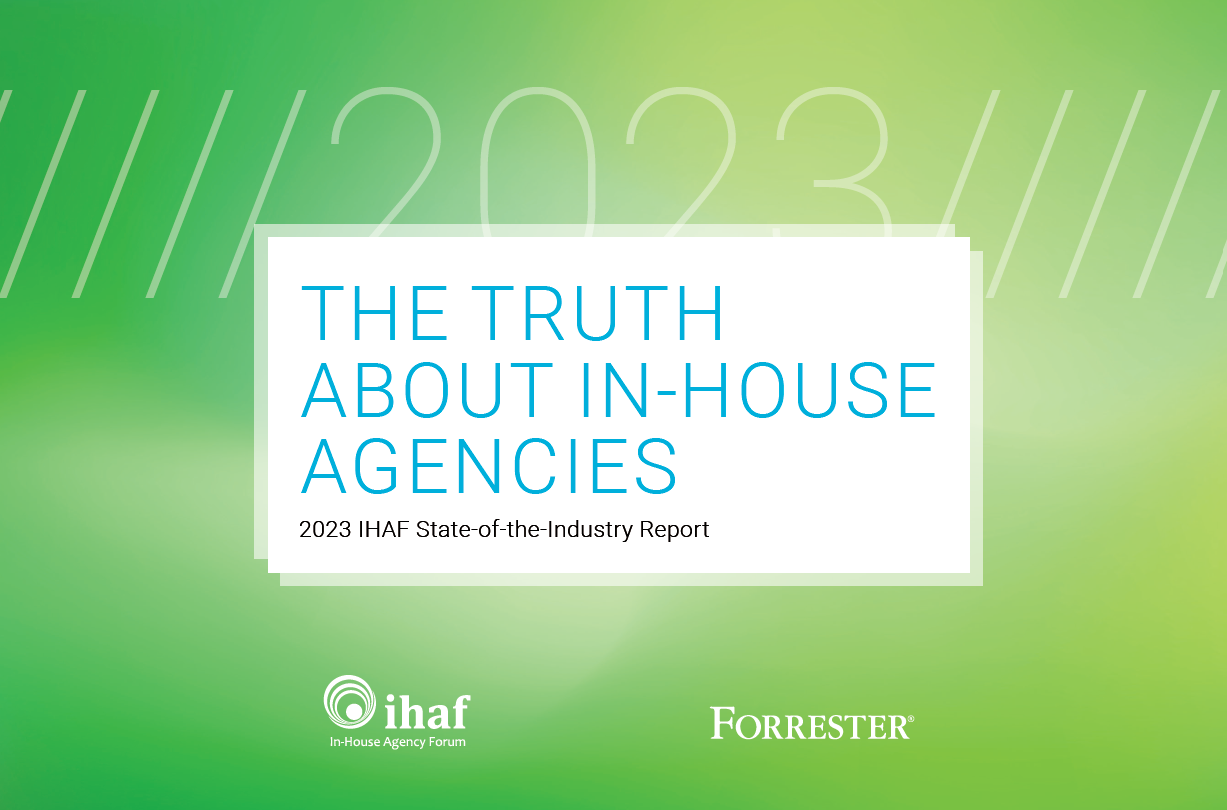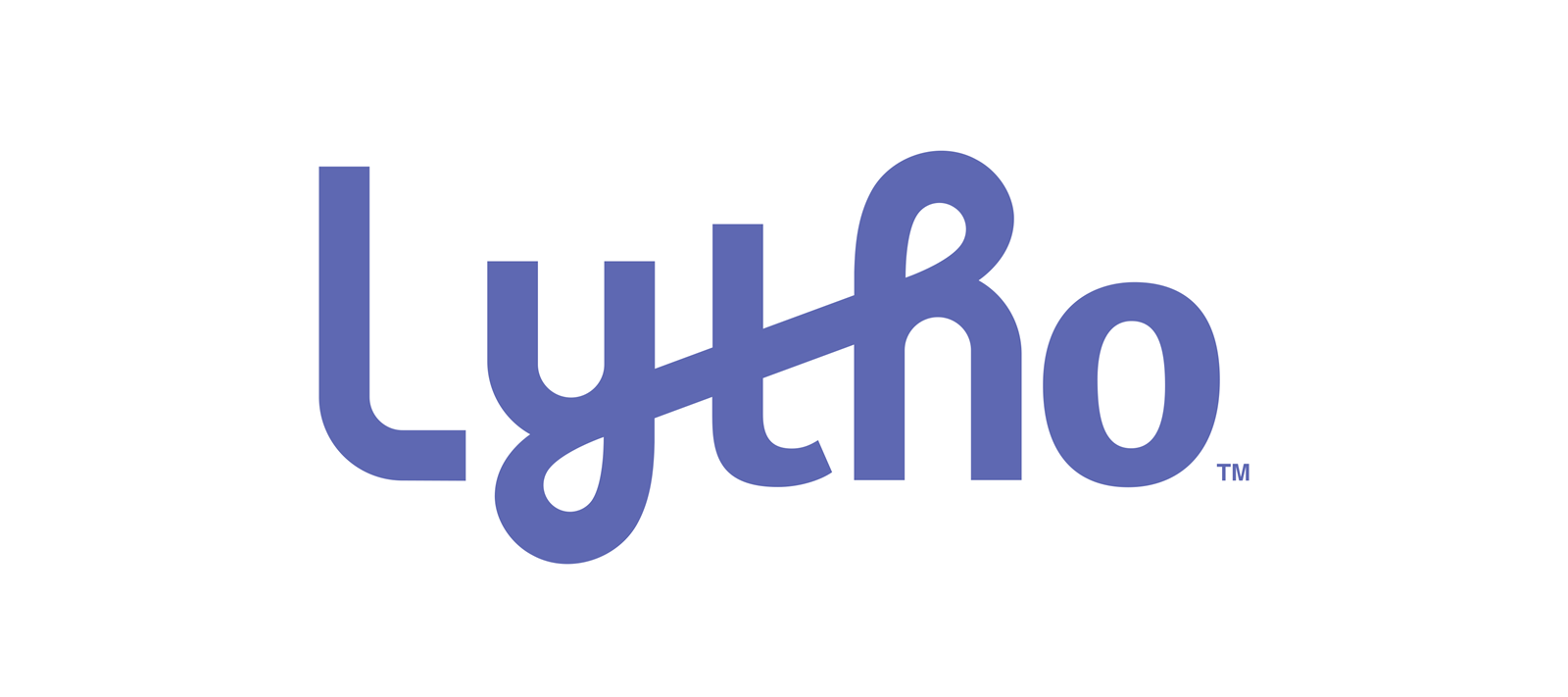Boosting Performance Through Behavioral Analysis

Humans have sustained by following something that is instinctual to all of us—tribal loyalty. We are drawn to likeminded, like-valued people which has made it safer, easier and more effective for us to survive for many thousands of years.
Analyzing human behavior, whether driven by digital data points or early-human emotional artifacts, puts both company and individual performance at the center of our efforts. Insights don’t simply increase our understanding of behavior, they help us tear down the silos that exist within our companies. Behavioral analysis has the power to inform how we work, how we align on goals and how we relate to one another—enabling collaboration and boosting team effectiveness.
Eliminate the assembly line. If work flows from sales to marketing to in-house agency to external agency, and always in that order, then you’re too siloed. One-way linear thinking does not promote efficiency or peak performance, as there’s no way for every person on every team to understand what other groups are doing all day. We all know how important it is to track customer behavior from websites to apps to email to in-person experiences. And we know how important it is to understand the customer journey and remove friction from the buying process. If cross-functional teams aren’t communicating directly, that’s much harder to do. Specific, shared goals are always better than vague, siloed goals.
Incentivize collaboration. Remember that thing about tribalism? Well, as much as we’re drawn to each other, we also recognize others as competition which sometimes leads to self-motived behaviors. As children, we’re taught to share and cooperate with one another which is easier said than done in a corporate setting, particularly when individual promotions, raises and rewards are tied to results. Cross-functional collaboration rarely occurs organically. And simply telling people that working together is important isn’t always enough. You need to incentivize (not just encourage) internal and external teams to collaborate. In that scenario, everybody wins.
Answer WHY. It’s not enough to have a loose understanding of your organization’s overall goals. The same way you work hard to understand why your customers behave the way they do, you need to dig deep to truly appreciate the goals of your group. Ask why people are clicking on a specific area of your site. Ask why engagement remains low even if advertising seems to be working. Ask why you’re going after certain prospects on your list. As part of a cross-functional team, make sure everyone is aligned on a common understanding of your shared goals and objectives.
Behavioral analysis has the power to inform how we work, how we rally together around common goals, and how we coordinate cohesively as a single team by using the data we have at our disposal. It’s only then that we can get our customers and our internal and external teams in sync for peak performance.
Kit Hughes is the co-founder and CEO of Look Listen, an agency of diverse thinkers and doers that helps clients achieve peak performance through behavioral analysis across advertising, marketing, sales, and product development.
Recent Posts

In-House Data: Fact or Fiction?
October 16, 2023
I’m going to be honest with you, which I always am but this time it’s scary honesty. There are a lot of in-house agency research reports out there. And not all of them contain data that are close to the integrity of the studies IHAF publishes—the next of which drops at the IHAF conference on …

IHAF Wrapped
December 20, 2023
One of our favorite things to do at year-end is look back at the events, presentations, and online resources our members tapped most. (Why should Spotify have all the fun?) Here are a few of your favorites in 2023:
• New Assortment of Org Charts Download • Updated Job Profiles …



















%20(1).pdf%20-%20Copy.jpg)

%20(1).png)


No Reader Comments